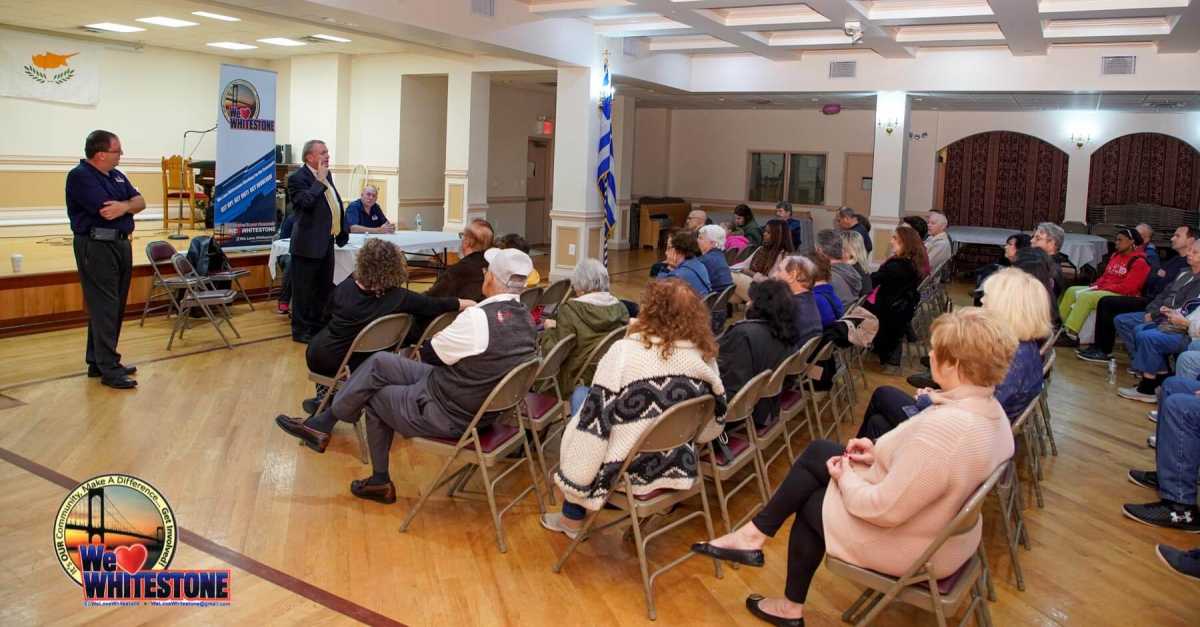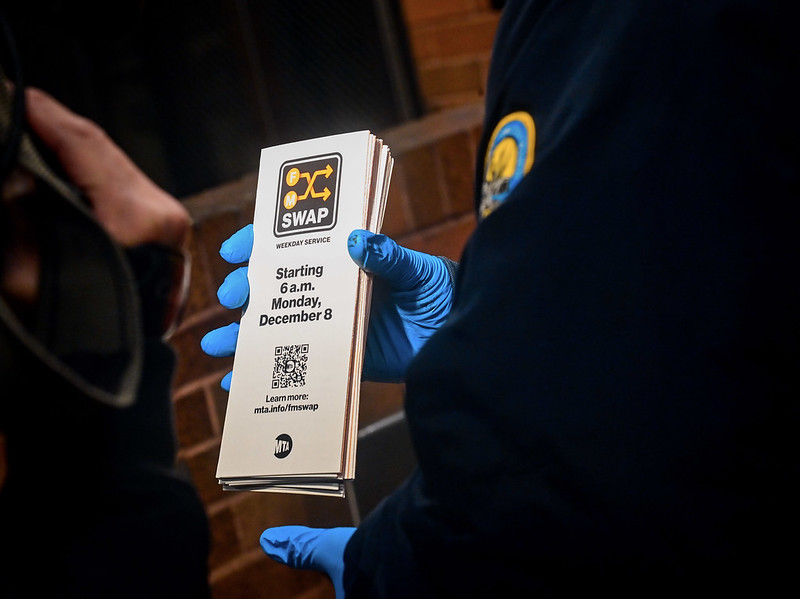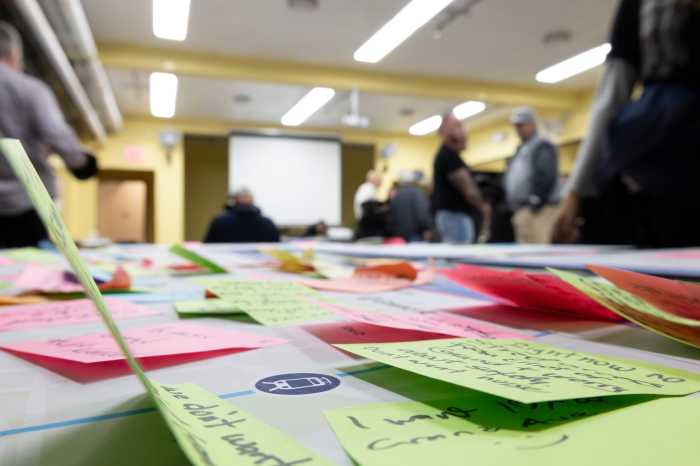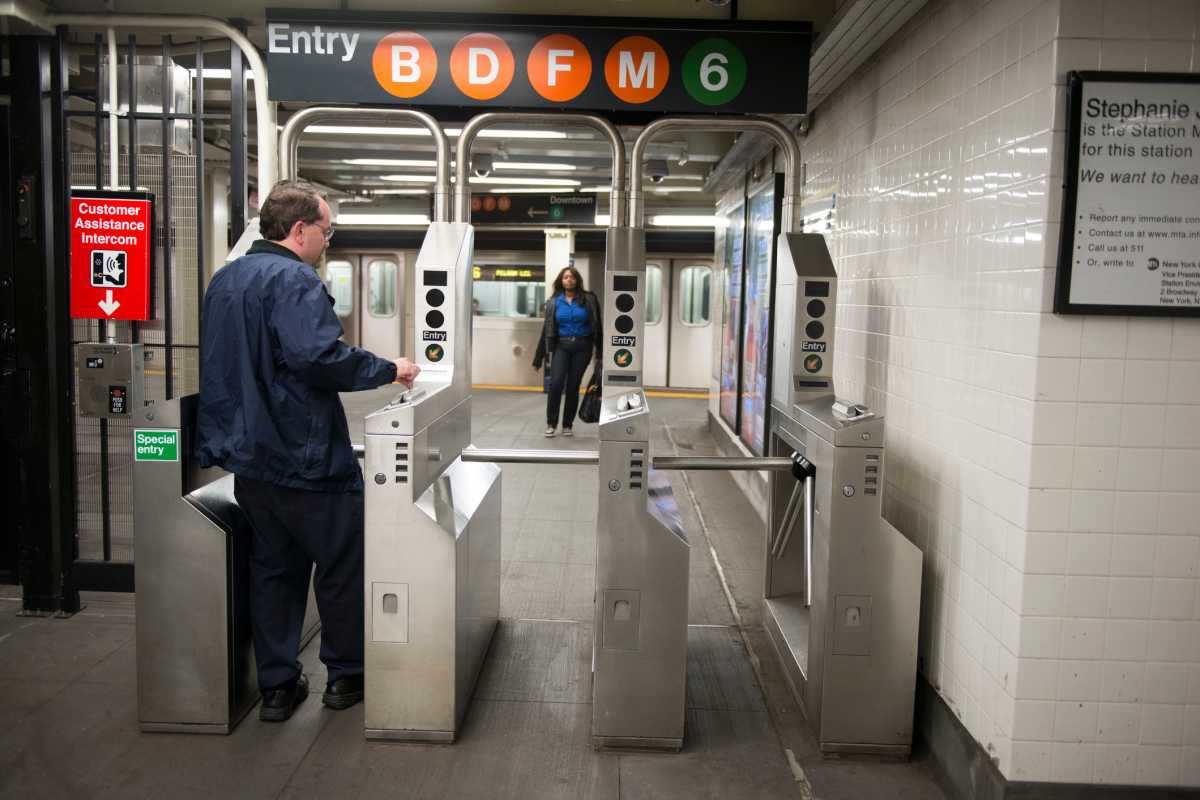Whitestone residents are getting some relief from the raucous helicopter noise that has been disrupting the neighborhood for over four years.
At the We Love Whitestone Civic Association meeting held on Oct. 17 at Holy Cross Greek Orthodox Church, residents were notified of Congressman Tom Suozzi’s secured provisions in the Federal Aviation Administration (FAA) Act to mitigate helicopter noise for residents of the North Shore and Long Island.
As co-chair of the Quiet Skies Caucus, the Congressman helped ensure the caucus’s priorities were included in the final legislation passed on Oct. 5 by President Trump. It includes a pilot program that began Oct. 15 and will continue until April 2019, during which helicopters coming from Manhattan will be rerouted over Whitestone, and will fly over water from Long Island.
Suozzi’s representative, Justin Connor, attended the Whitestone meeting on his behalf.
“I think personally for the past 18 months to be dealing with them [FAA] to get something very positive to start is very good,” said Connor. “I look forward to working with them to continue making developments.”
George Mirtsopoulous, vice president and founding member of the We Love Whitestone Civic Association, said the helicopter noise began in 2012 when helicopters were flying over the North Shore Route to and from Manhattan.
“With all of the Hamptons stuff that went on during the summer it became worse,” said Mirtsopoulous. “We started looking at it and getting involved and meeting with the FAA.”
Earlier this year in July, the We Love Whitestone Civic Association met with Suozzi, state Senator Tony Avella, City Councilman Paul Vallone and the Eastern Region Helicopter Council, to determine relief for residents in Northeast Queens.
“We got a lot accomplished for this four years to get somewhere at this point,” said Mirtosopoulos. “Personally the fight continues because the ultimate goal is to have them fly over the water… and we’ll see where we go with that.”
Suozzi’s measures in the FAA Act requires public and comment review for the North Shore Helicopter Route, along with a congressionally mandated altitude floor of 2,500 feet.
Other measures included: FAA evaluation of Alternative metrics to the FAA’s current Day-Night Average Sound Level (65 DNL); a study regarding the Day-Night Sound Levels; Health and economic impacts of overflight noise; updated airport exposure maps; and community involvement practices in the NextGen Projects.





































